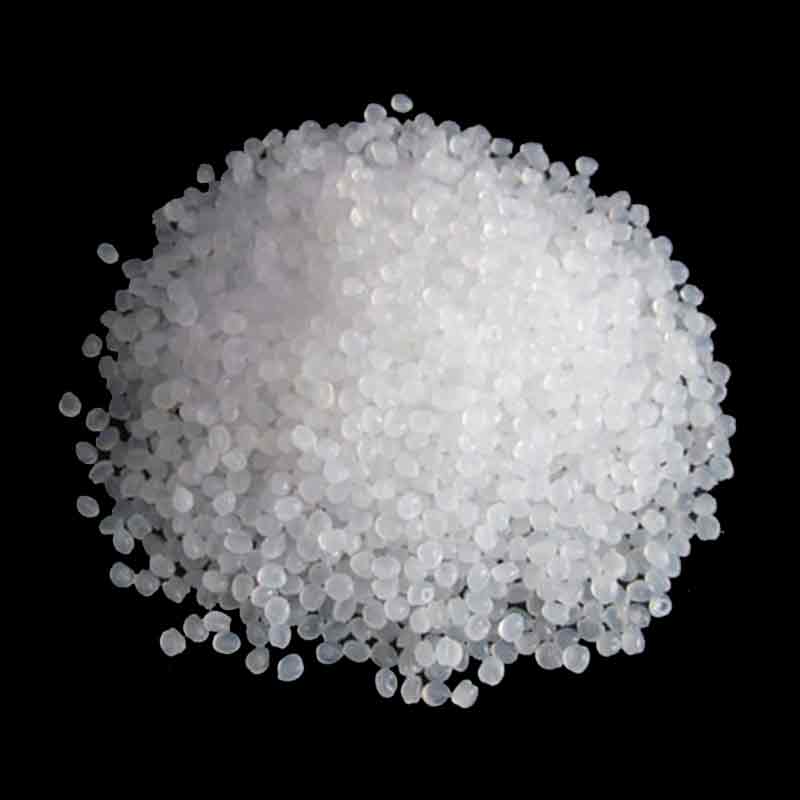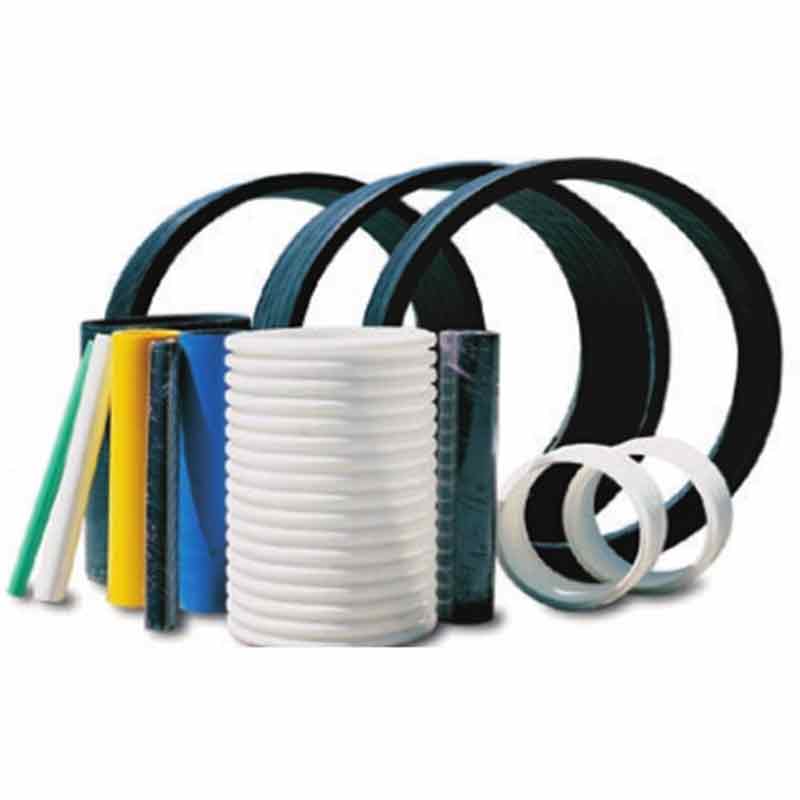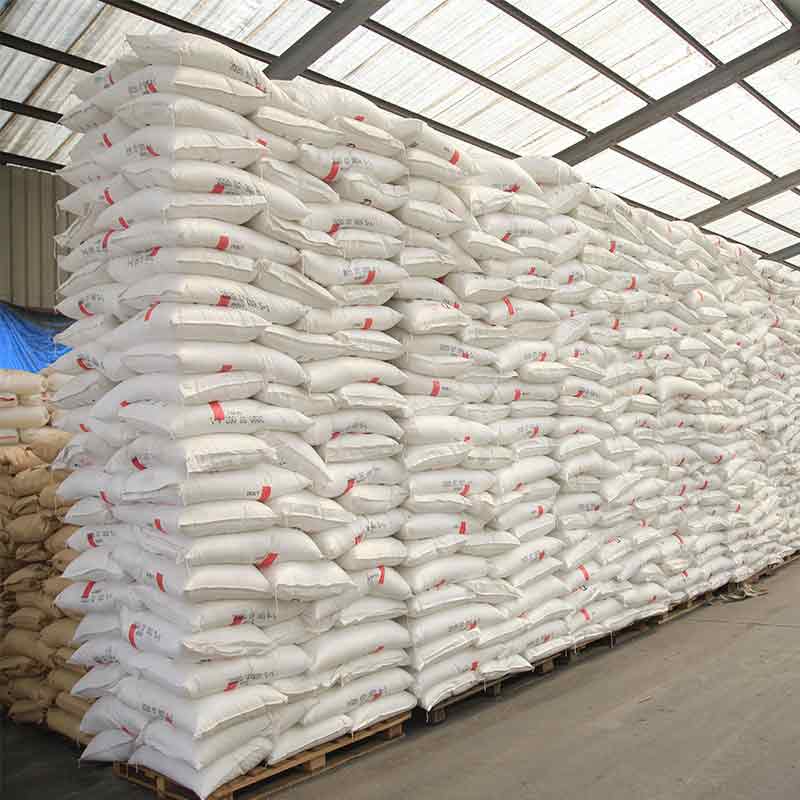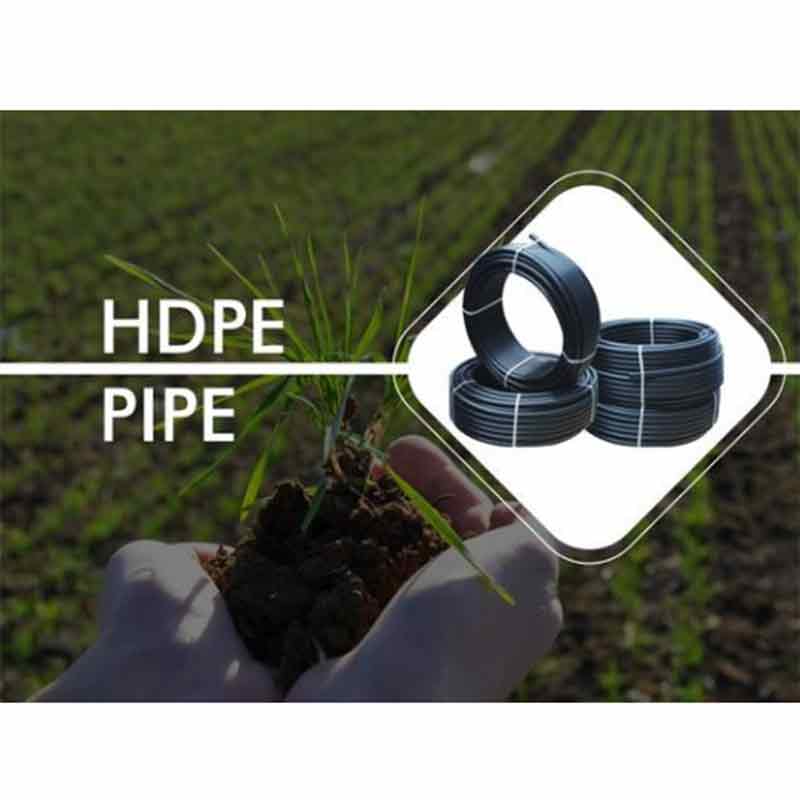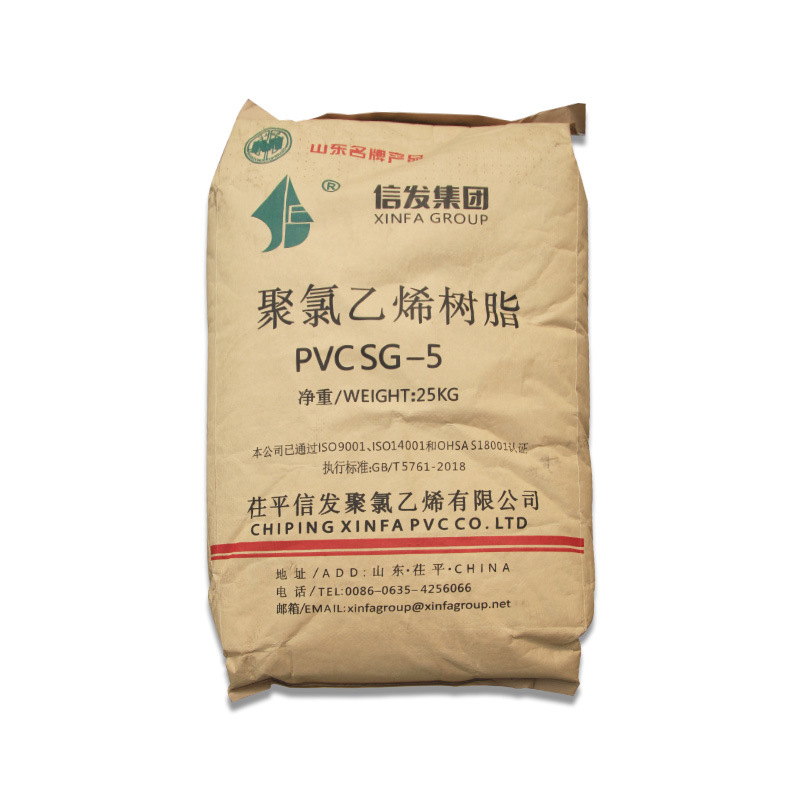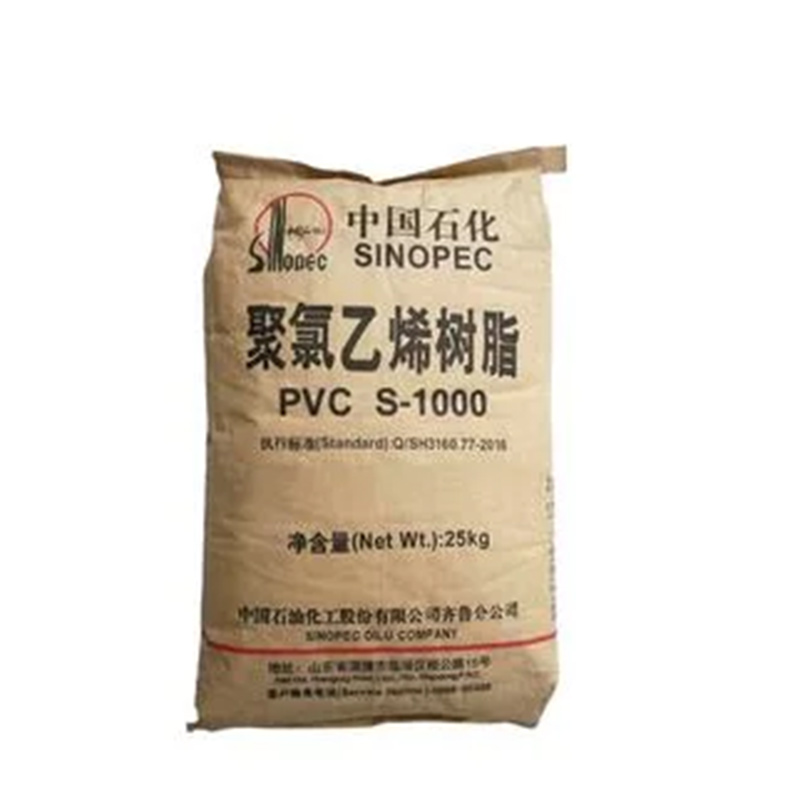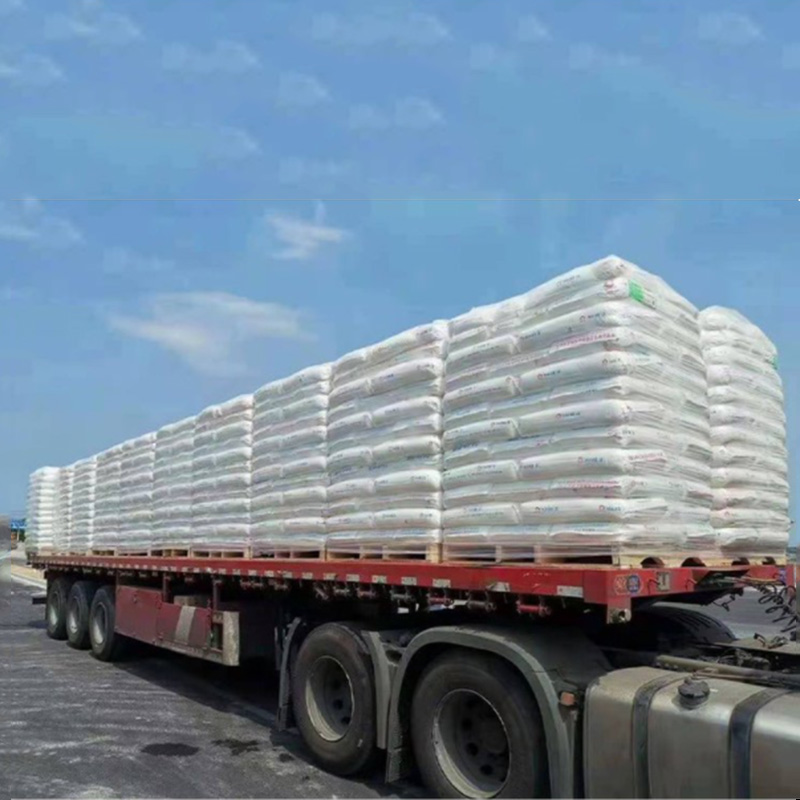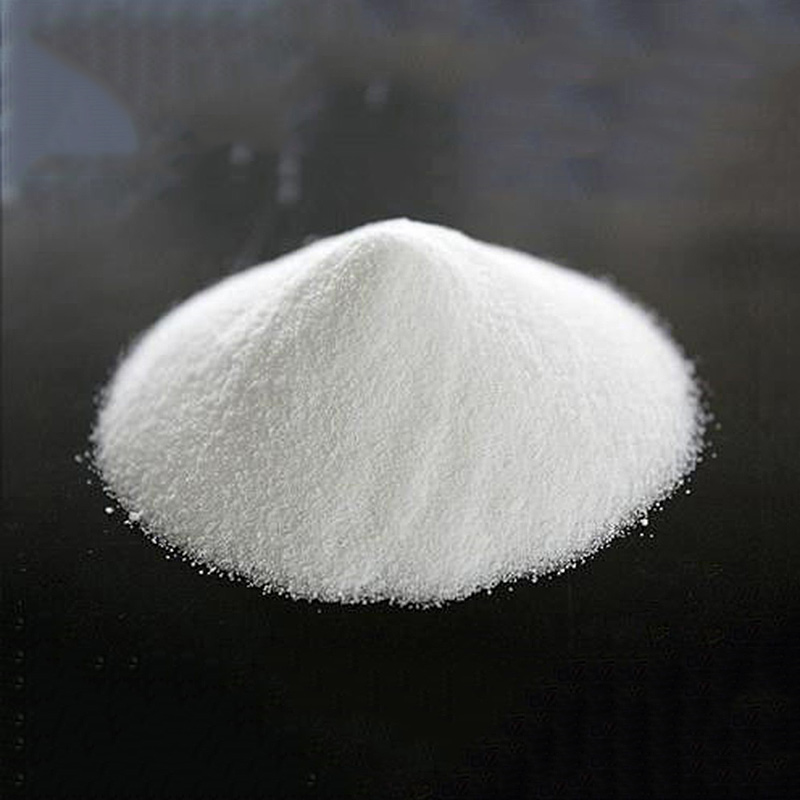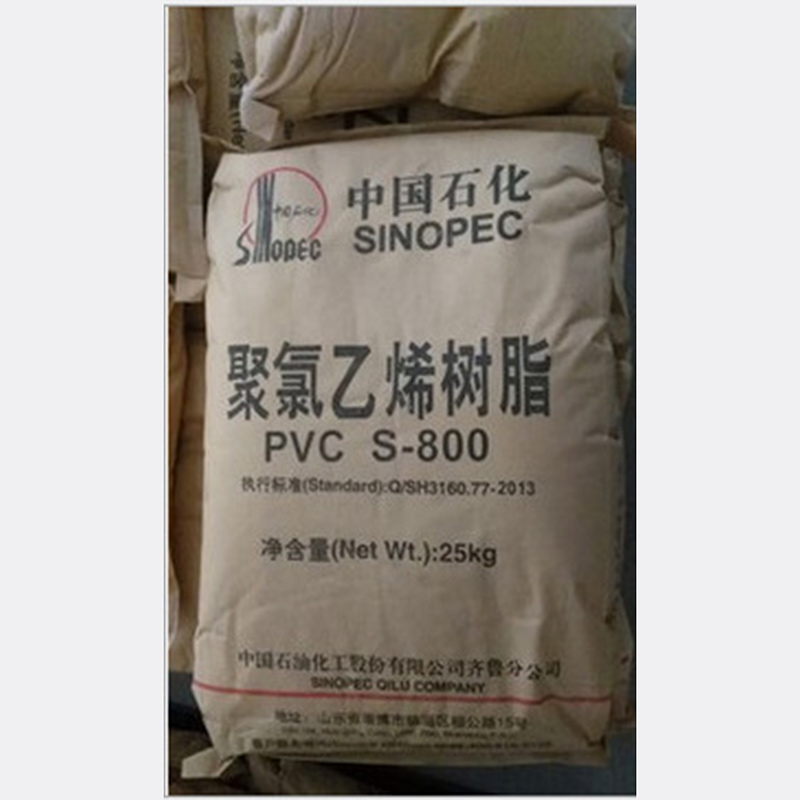HDPE resin for pipe production
HDPE resin for pipe production,
HDPE resin for pipes, HDPE resin pipe grade, HDPE resin supplier,
HDPE pipe grade has broad or bimodal distribution of molecular weight. It has strong creep resistance and good balance of rigidity and toughness. It is very durable and has low sag when being processed. Pipes produced using this resin have good strength, rigidity and impact resistance and excellent property of SCG and RCP.
The resin should be stored in a drafty, dry warehouse and away from fire and direct sunlight. It should not be piled up in the open air. During transportation, the material should not be exposed to strong sunlight or rain and should not be transported together with sand, soil, scrap metal, coal or glass. Transportation together with toxic, corrosive and flammable substance is strictly prohibited.
Application
HDPE pipe grade can be used in the production of pressure pipes, such as pressurized water pipes, fuel gas pipelines and other industrial pipes. It can also be used for making non-pressure pipes such as double-wall corrugated pipes, hollow-wall winding pipes, silicon-core pipes, agricultural irrigation pipes and aluminumplastics compound pipes. In addition, through reactive extrusion (silane cross-linking), it can be used for producing crosslinked polyethylene pipes (PEX) for supplying cold and hot water.
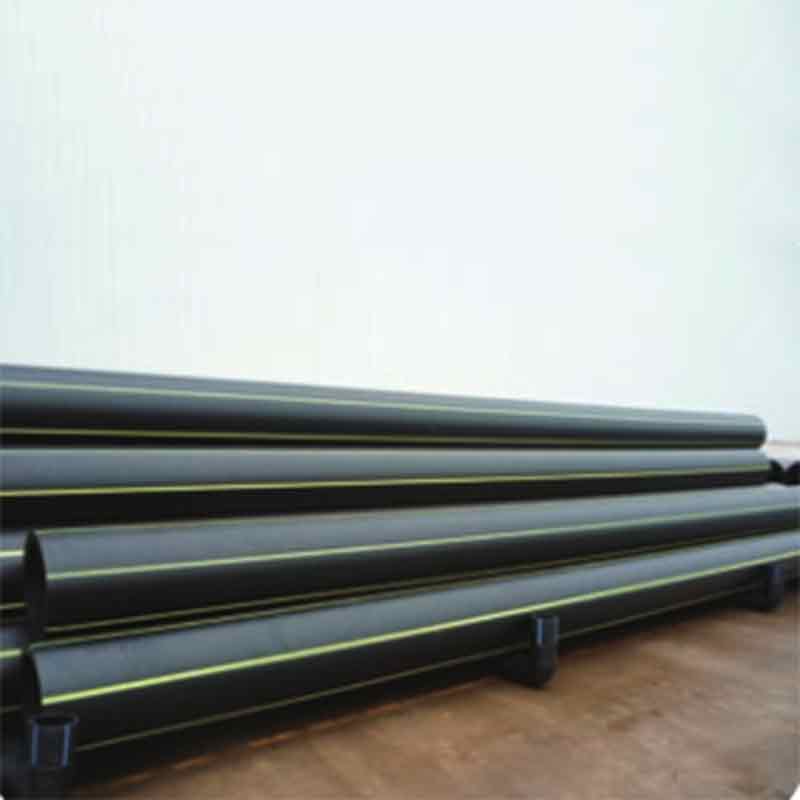
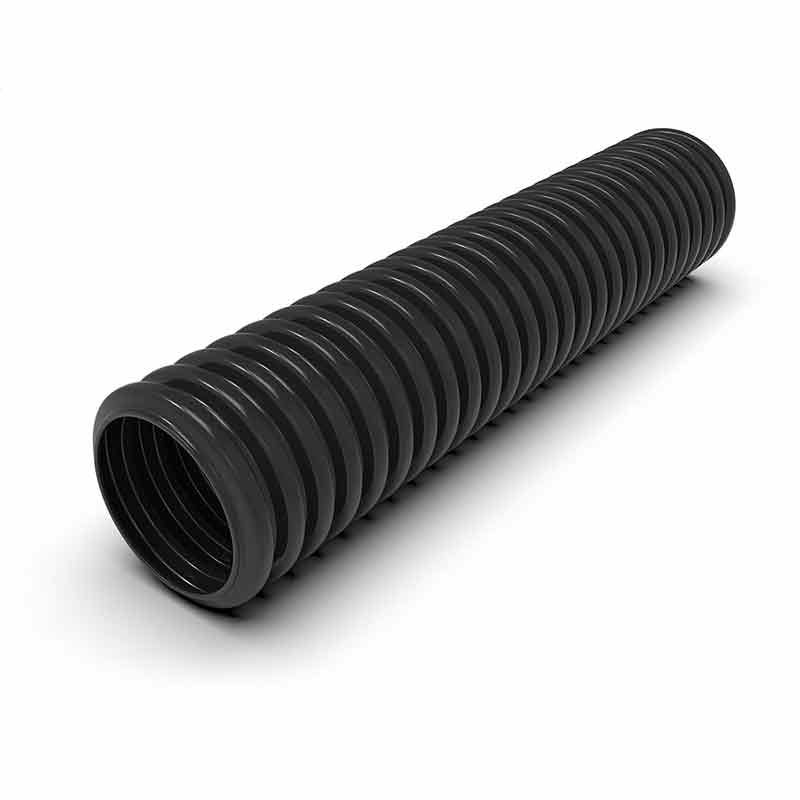
Grades and typical value
HDPE is a high crystallinity, non-polar thermoplastic resin. The appearance of the original HDPE is milky white, a certain degree of translucency in thin section. PE has excellent resistance to most domestic and industrial chemicals. Certain types of chemicals can cause chemical corrosion, such as corrosive oxidants (concentrated nitric acid), aromatic hydrocarbons (xylene) and halogenated hydrocarbons (carbon tetrachloride). The polymer is non-hygroscopic and has good steam resistance, which can be used for packaging purposes. HDPE has very good electrical properties, especially high dielectric strength of insulation, so that it is very suitable for wire and cable. Medium to high molecular weight classes have excellent impact resistance at room temperature and even at temperatures as low as -40F.
Matters needing attention in the application of HDPE pipe
1, outdoor open-air laying, where there is sunlight, it is recommended to do shelter measures.
2. Buried HDPE water supply pipeline, the pipeline DN≤110 can be installed in summer, slightly snake laying, DN≥110 pipeline due to enough soil resistance, can resist thermal stress, no need to reserve pipe length; In winter, there is no need to reserve pipe length.
3, HDPE pipeline installation, if the operation space is too small (such as: pipeline well, ceiling construction, etc.), should use electric fusion connection.
4. When the hot melt socket is connected, the heating temperature should not be too high or too long, and the temperature should be controlled at 210±10℃, otherwise it will cause too much molten slurry extruded in the parts and reduce the inner diameter of the water; The pipe fitting or pipe joint should be clean when the socket is inserted, otherwise it will cause the socket to break off and leak; At the same time, attention should be paid to control the Angle and direction of pipe fittings to avoid rework.
5, hot melt butt connection, the voltage is required between 200 ~ 220V, if the voltage is too high, will cause the heating plate temperature is too high, the voltage is too low, then the butt machine can not work normally; The butt should be aligned to the interface; otherwise, the butt area is not enough, the strength of the welding joint is not enough, and the flange is not right. When the heating plate is heated, the interface of the pipe is not cleaned, or the heating plate has impurities such as oil and sediment, which will cause the interface to break and leak. The heating time should be controlled well. Short heating time and insufficient heat absorption time of the pipe will cause the welding seam to be too small. Too long heating time will cause the welding seam to be too large and may form virtual welding.





